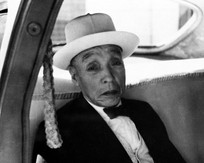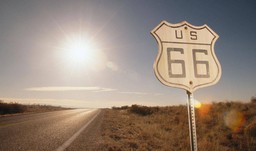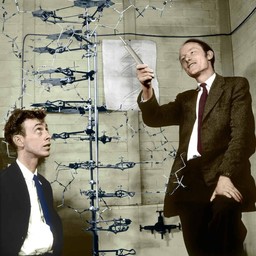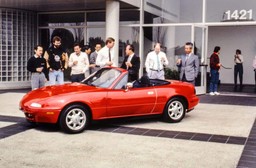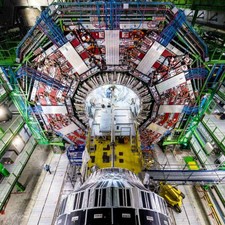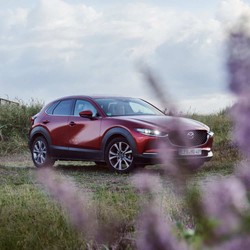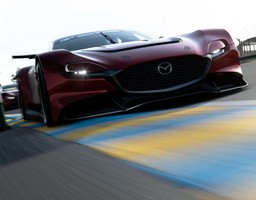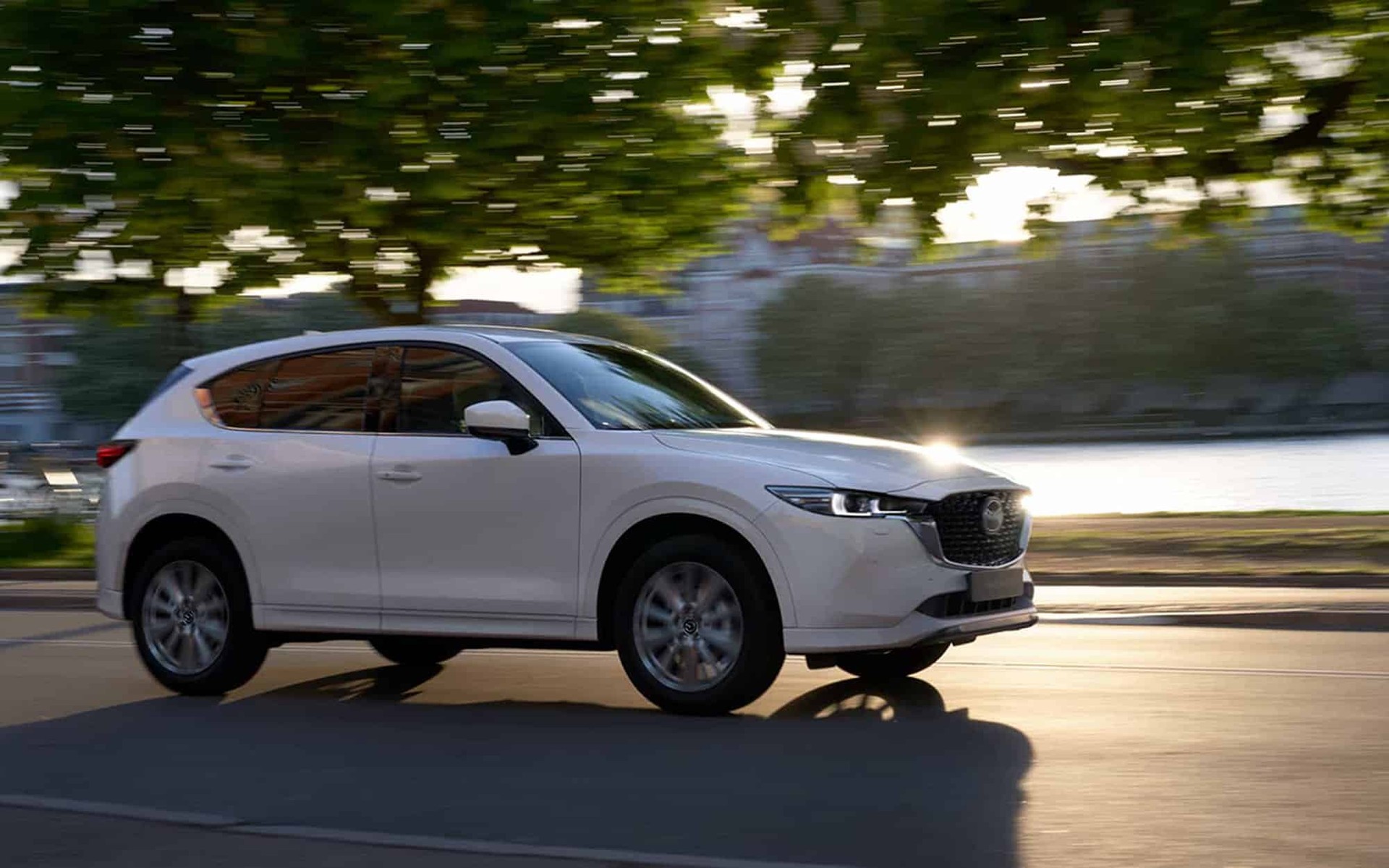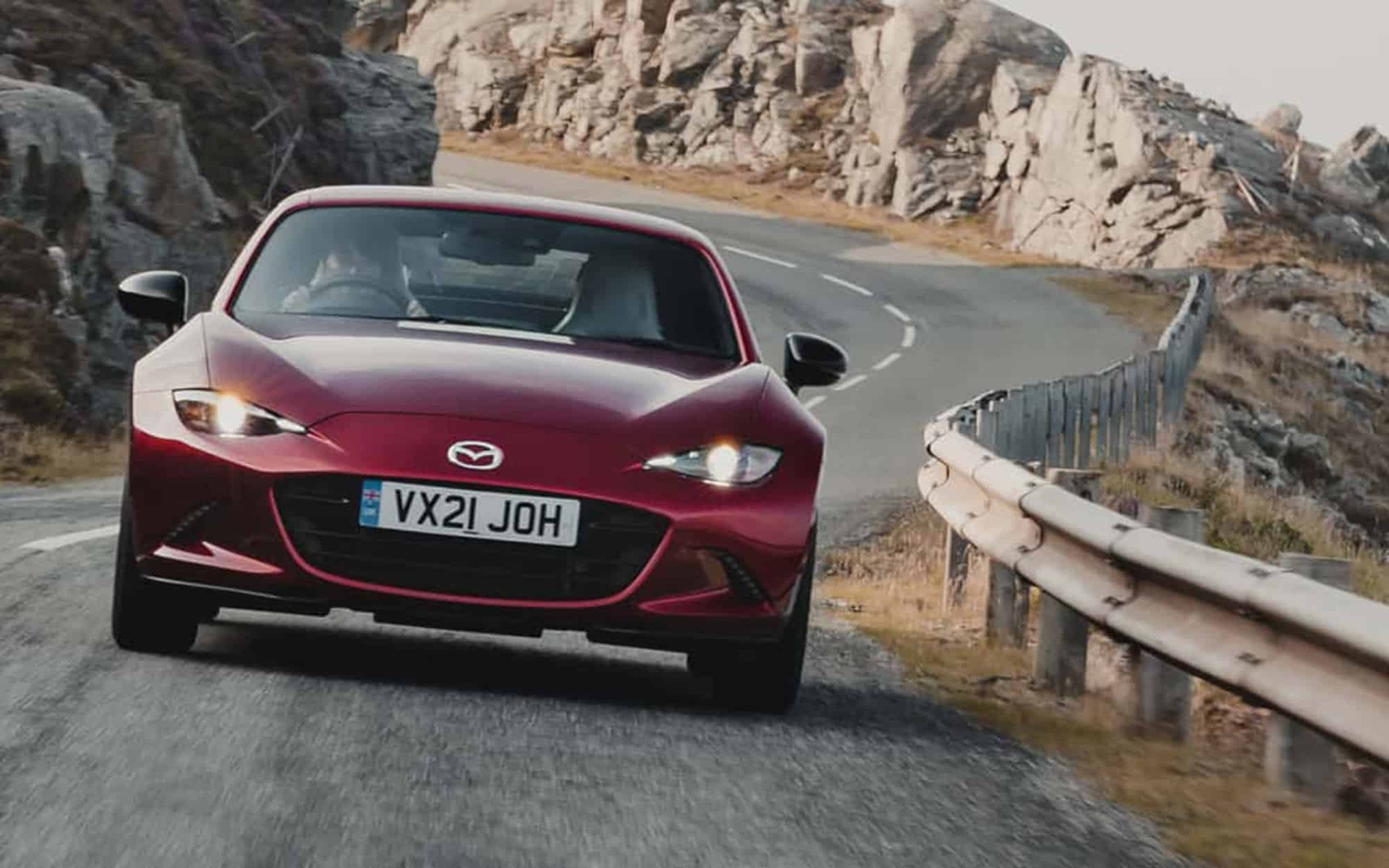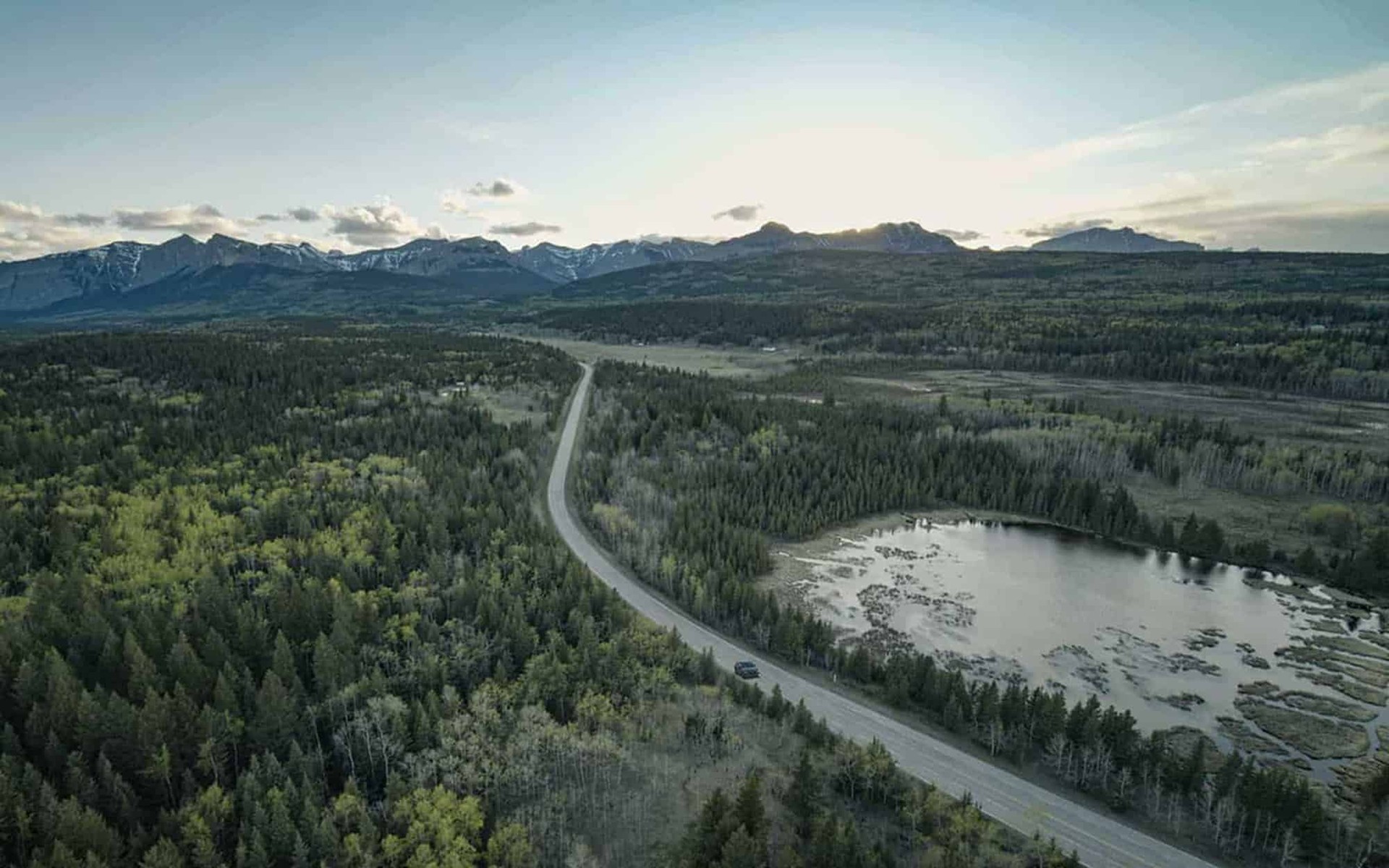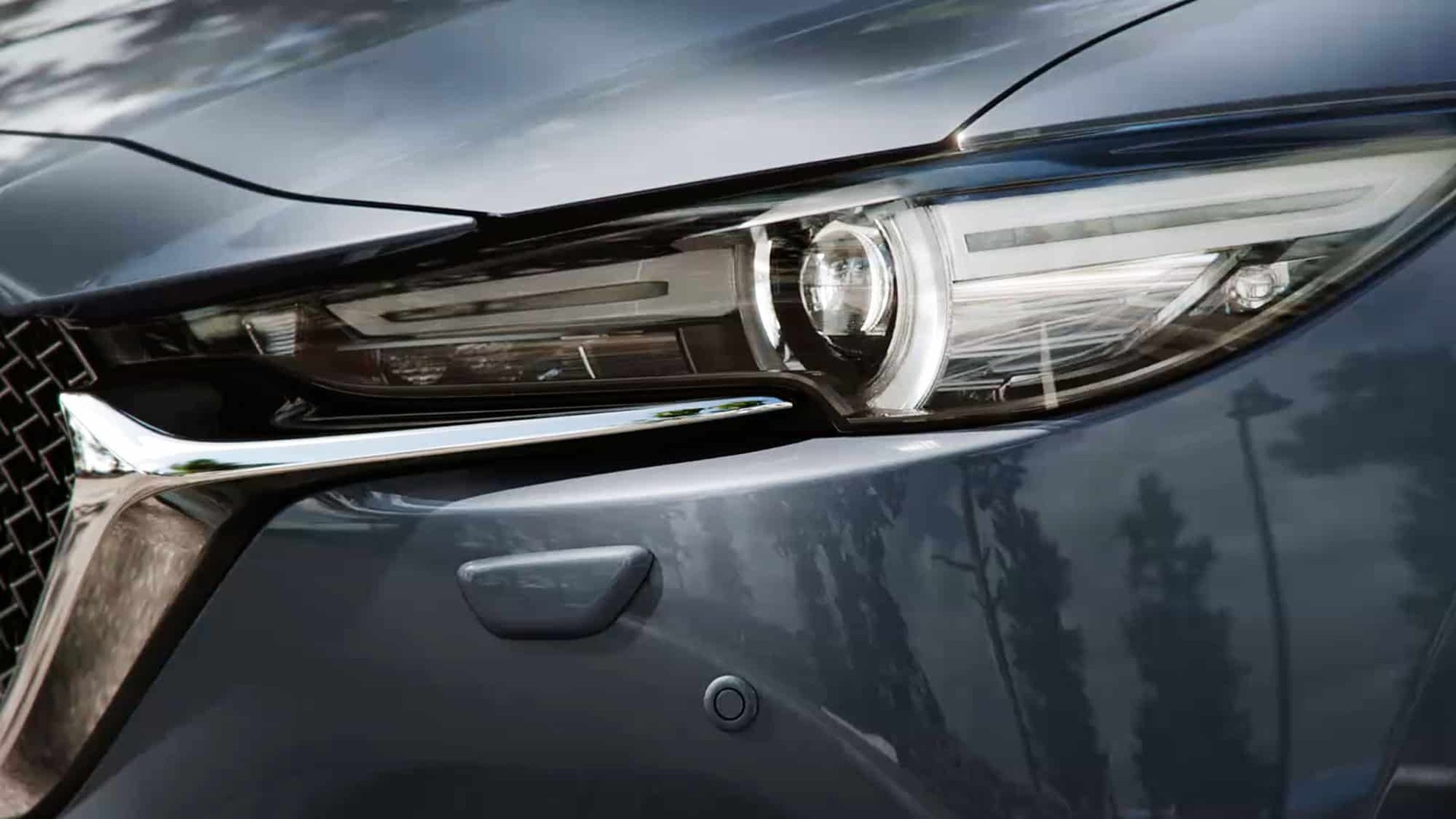INSPIRE
100 YEARS OF ACHIEVEMENT
Mazda Stories celebrates a century of innovation across industries, as well as groundbreaking accomplishments achieved by humankind.

1920s
In 1920, Toyo Cork Kogyo is founded as a cork manufacturer in Hiroshima, Japan. Cork trees are abundant in the region and Mazda later pays homage to its humble beginnings with the Mazda MX‑30’s cork console.
1921
Jujiro Matsuda becomes president of Toyo Cork Kogyo and oversees the company’s transformation into an automotive manufacturer at the turn of the decade. Thirty years later, his son Tsuneji Matsuda becomes the third president of Mazda.
1926
Route 66, the legendary road trip highway, is established. Spanning over 3,800 kilometres across eight states and three different time zones, the route originally connected Chicago to Los Angeles. One year later, in 1927, Toyo Cork Kogyo becomes Toyo Kogyo Co., Ltd.
1930s
TRANSPORTATION FIRSTS
The 1930s prove to be a fundamental decade for transportation. As well as Toyo Kogyo Co., Ltd turning its attention from cork to cars in the form of a three-wheeled Mazda-Go truck in 1931, Amelia Earhart becomes the first female pilot to fly solo across the Atlantic Ocean just one year later. In 1936, aviation pioneer Heinrich Focke invents the first helicopter to take flight.
1940s

1945
Although Toyo Kogyo Co., Ltd (which produces its vehicles under the name Mazda) starts the decade building a prototype of a small passenger car, the outbreak of World War II soon halts production. In 1945, the atomic bomb is dropped on Hiroshima causing mass destruction. Mazda’s surviving workshops are used as emergency hospitals and the company distributes medical supplies, helps to reunite families and houses national broadcasters at its plant. Despite the devastation, Mazda resumes assembly of its vehicles within four months of the attack, proving that through adversity comes great strength.
1950s
The double helix DNA structure is revealed by James Watson and Francis Crick. One of the most significant scientific moments of the 20th century, the discovery sees them awarded the Nobel Prize in Physiology or Medicine in 1962.
1954
In the same year athlete and neurologist Roger Bannister runs the first sub-four-minute mile, Mazda participates in the inaugural Tokyo MotorShow. Held at Hibiya Park, the 10-day event attracts 547,000 visitors and Mazda presents the GCZ, CLY and CHTA three-wheeled trucks.
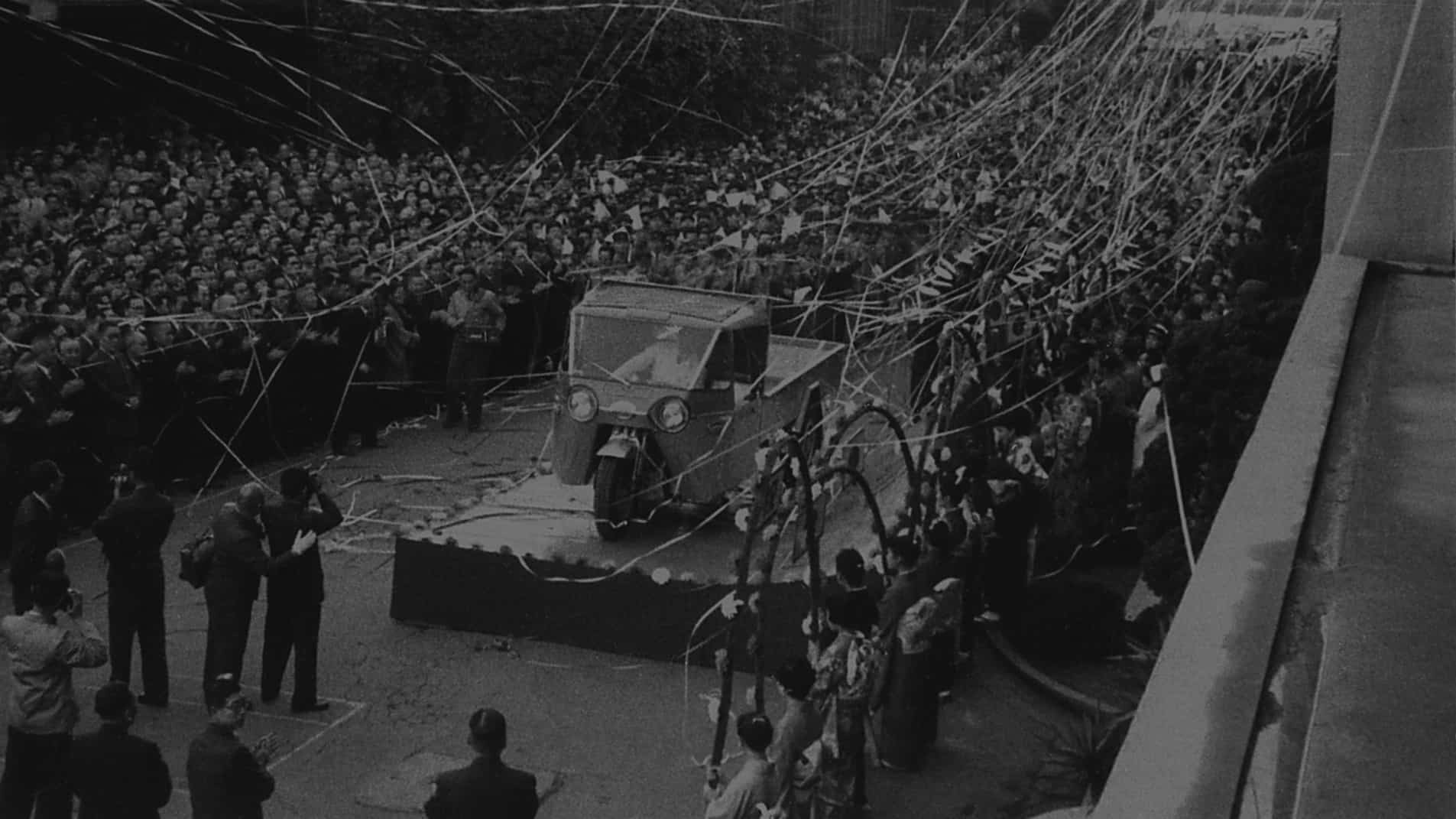
1957
Cumulative production of Mazda vehicles reaches 200,000. Soon after, the Mazda commercial vehicle program includes around 30 models, from small mini vans to the Mazda Romper, a classic one-tonne pickup truck.
1960s
THE SWINGING SIXTIES
The 1960s are a tumultuous combination of world firsts and pivotal change. In 1960, the Mazda R360 Coupe makes its world debut, selling 4,500 units on the day of its launch. Meanwhile, Jacques Piccard and Don Walsh reach the furthest depths of the ocean—the Mariana Trench, which is deep enough to submerge Mount Everest at 9,449 m below sea level.
In 1963, Dr. Martin Luther King Jr. gives his famous “I Have a Dream” speech, which plays a powerful role in the passing of the 1964 Civil Rights Act in the United States. One year later, Mazda presents a Cosmo prototype with a rotary engine at the Tokyo Motor Show, becoming the first manufacturer to successfully use it on a multitude of vehicles and forever making the rotary engine synonymous with the Mazda name.
Toward the end of the decade, Dr. Christiaan Barnard completes the first heart transplant in South Africa. Mazda expands globally, exporting vehicles to Europe and opening offices overseas including in Canada, where vehicle sales begin in 1968 with the rotary-powered R‑100 coupe. In 1969, the Luce Rotary Coupe is unveiled and becomes known as “Lord of the Road”, while Neil Armstrong and Buzz Aldrin defy gravity as the first men to walk on the moon.
1963
GLOBAL CUMULATIVE PRODUCTION OF MAZDA VEHICLES REACHES ONE MILLION.
1970s
RACING HERITAGE
The 1970s is one of Mazda’s most important decades for innovation and racing heritage. In 1971, the Mazda RX‑3 makes its racing debut, winning the Fuji Grand Prix race. One year later, the American publication Car and Driver repurposes an RX‑2, which becomes the first Mazda to win a professional race in the United States. Following the launch of the Savanna RX‑7 in 1978, it becomes a force to be reckoned with, scoring an unprecedented record of 100 victories in the American IMSA series races. Three years later, the RX‑7 takes its first European victory at the 24 Hours of Spa in Belgium with Tom Walkinshaw and Pierre Dieudonné behind the wheel. In 1995, Mazda Australia builds the RX‑7 SP to compete in the Australian GT Championships, winning the Eastern Creek 12 Hour race.
1978
Space Invaders is created by Japanese designer Tomohiro Nishikado, revolutionizing the video game industry forever.
1979
GLOBAL CUMULATIVE PRODUCTION OF MAZDA VEHICLES REACHES 10 MILLION
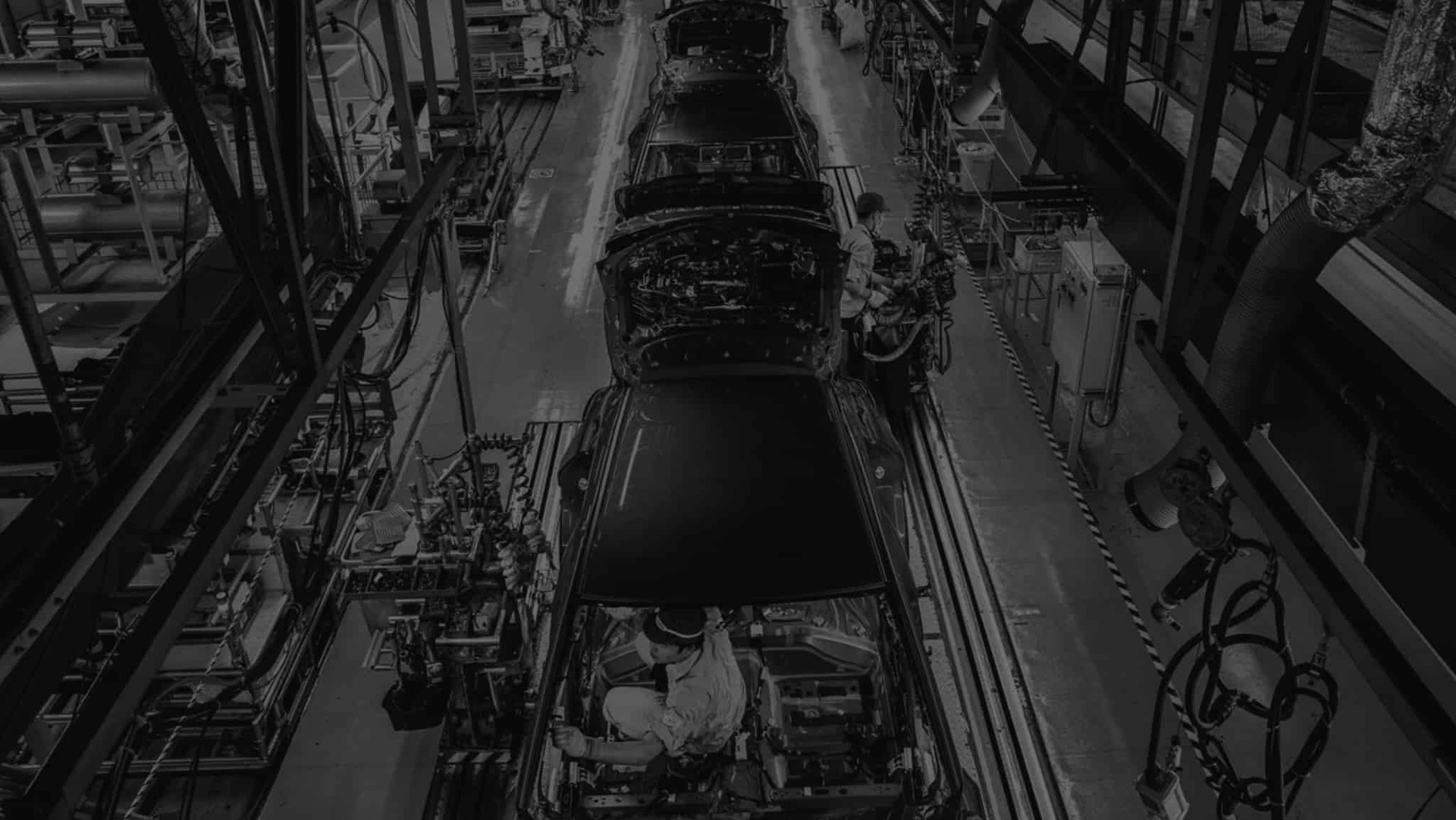
1980s
In 1980 Japan becomes the largest auto-producing country in the world, with a reputation for reliable cars and detail-oriented engineering.
1989
On the same day that the Berlin Wall falls, the Mazda 323 receives one of the most important prizes in Germany, the Golden Steering Wheel, for the second time. The awards ceremony is held near Checkpoint Charlie, where citizens from West and East Berlin pass freely for the first time in nearly 30 years.
Mazda unveils its lightweight sports carat the Chicago Auto Show. Called the Mazda MX‑5—its name stands for Mazda Experiment, project number five—it quickly receives international acclaim, even appearing in Japanese arcade game “Super Chase: Criminal Termination” in 1992, and goes on to become the world’s bestselling roadster. Three more generations follow and, in 2019, all 3,000 units of the 30th Anniversary model in the US sell out within hours.
1990s

1991
Mazda wins 24 Hours of Le Mans with the rotary-powered 787B, the first Japanese manufacturer to secure this victory. Drivers Johnny Herbert, Volker Weidler and Bertrand Gachot all play a part in winning the world’s most demanding endurance race.
1997
Mazda’s winged brand symbol is unveiled. The wings, which are shaped in the letter M inside the oval, represent Mazda’s dedication to pursuing continuous growth, capturing its pioneering spirit.
1998
In California, Google is foundedby students Larry Page and Sergey Brin, and becomes the most popular search engine of all time.
2000s
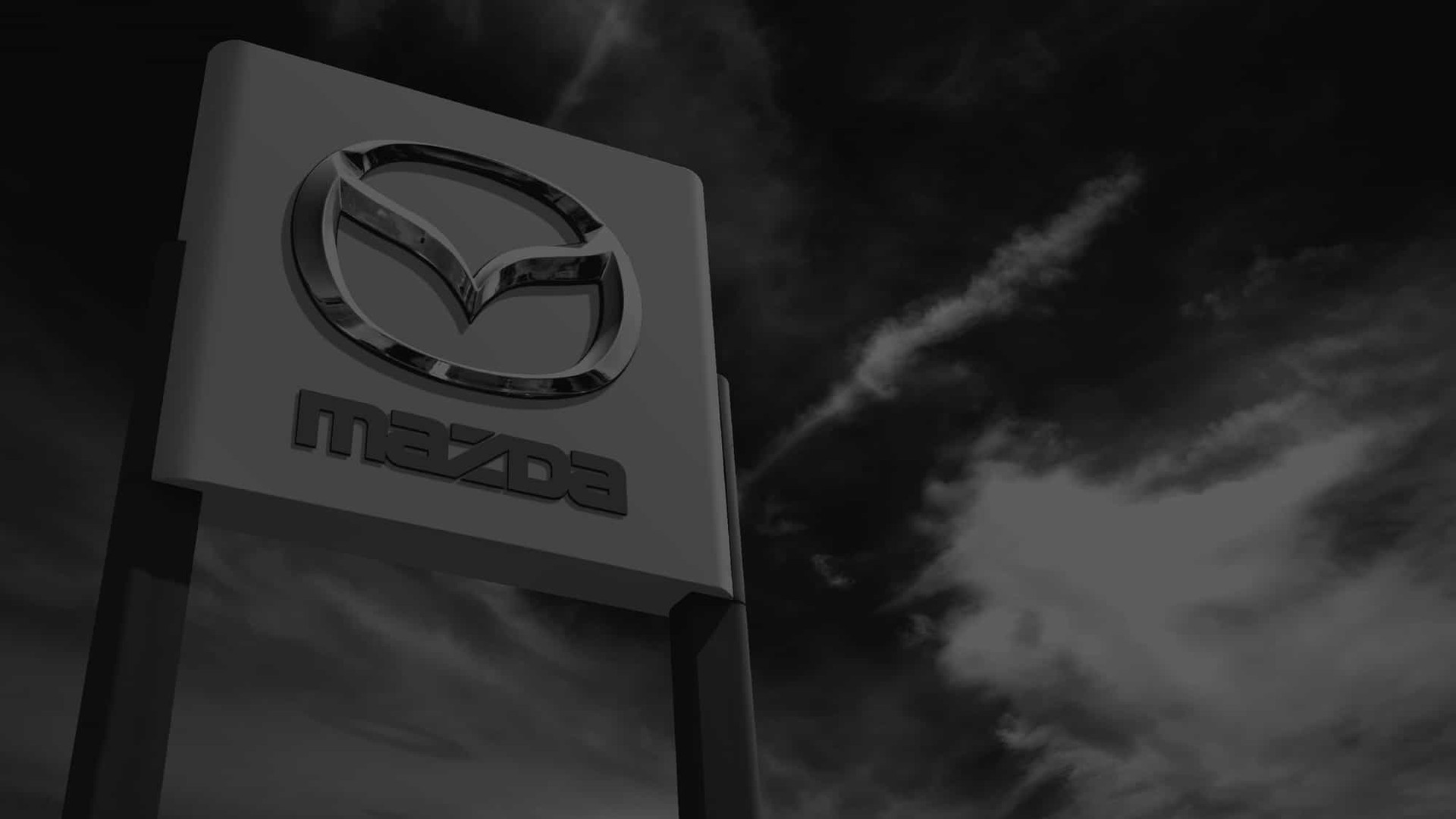
2002
MAZDA CANADA SELLS ITS ONE MILLIONTH VEHICLE.
2005
Mazda NZ sets the Guinness World Record for the largest gathering of MX-5s in one place, with 291 roadsters in Alexandra Park, Auckland. Eight years later, Mazda fans break this recordwith 683 MX-5s joining a 1,450-strong procession of Mazdas in Lelystad, The Netherlands.
2008
Protons circulate around CERN’s Large Hadron Collider (LHC) for the first time, marking the end of years of design and construction.
2009
Paving the way for the next generation of vehicles, Mazda reveals the beginnings of Skyactiv Technology, which comprises all-new safety devices, lightweight construction and highly efficient engines. Soon after, Mazda’s Kodo—Soul of Motiondesign philosophy is revealed in the form of the Shinari concept car.
2010s
2018
In the same year that Mazda Canada celebrates its 50th anniversary, the Mazda Vision Coupe concept car wows the crowds at the prestigious Concorso d’Eleganza Villa d’Este in Italy. It is the recipient of multiple awards.
2019
The Mazda CX-30 is revealed and wins Mazda its eighth accolade in the Red Dot Design Award competition as well as a five-star safety rating from Euro NCAP and ANCAP. The car later gains the 2020 Top Safety Pick rating, when equipped with specific headlights, by the Insurance Institute for Highway Safety (IIHS).
2020
Mazda celebrates 100 years of triumphs, challenges and pioneering spirit. Head of Global Design Ikuo Maeda receives more prestigious awards, including Autocar’s Design Hero accolade and the Mazda3’s World Car Design of the Year award. The rotary-powered RX-VISION GT3 CONCEPTmakes a jubilant appearance in Gran Turismo Sport.
THE FUTURE
At the 17th Tokyo Motor Show in 1970, Mazda exhibited a concept hybrid car (rotary engine ×EV), the EX 005. Fifty years later, Mazda has successfully brought its vision to life in the form of the all-electric MX-30, which will go on sale worldwide in the next few years. The launch of Mazda’s first EV marks a watershed moment for the company.
But electrification is only one of a suite of technologies Mazda is actively working on. The manufacturer is also developing a sustainable algae biofuel in collaboration with Hiroshima University and the Tokyo Institute of Technology, and is designing a new “large vehicle” architecture. This will help deliver greater comfort and space, and emphasize Mazda’s long-term commitment to the driving experience and safety.
Finally, the company is also developing an in-line six-cylinder engine that promises to provide an “exceptional” driving feel. With a future rooted in sustainability, innovation and state-of-the-art technology, the next 100 years are looking bright for Mazda.
Words Charlotte Briggs
find out more
A century of innovation
Discover the award-winning Mazda range
